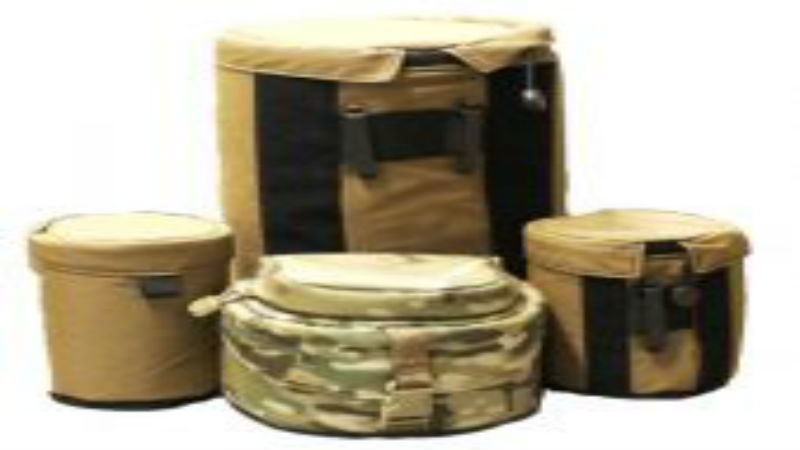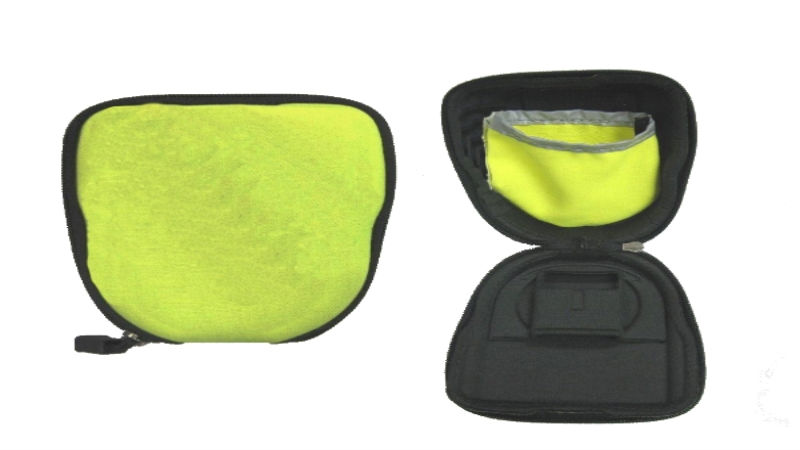Plastic is an everyday component of manufacturing. It is a material constantly molded and altered for many uses. When a product requires the joining together of several plastic pieces or materials, sewing is a possibility. Yet, the favored method of doing so requires electromagnetic energy. This is radio frequency (RF) Sealing.
What Is Radio Frequency Sealing?
Radio frequency sealing is also known as welding specifically dielectric or high frequency (HF) welding. This method joins two or several pieces of thermoplastic fabric using of high frequency (HF) electromagnetic energy. Ranging from between 13 to 100 MHz, the energy actually realigns the molecules of the plastic. It then melds the fabric into a single unit with the help of pressure from applied clamps.
The resulting bond is permanent in nature. This bond is also tear resistant and virtually impenetrable. These characteristics make it a popular mode for unifying specific types of material.
Why Use RF Sealing?
The weld or bond that RF sealing creates is permanent. This is one feature many companies find attractive. Others, which help separate the process from popular methods such as adhesive, hot air or sewing include:
- Creation of a consistent seal that is airtight. This prevents the entry of not only air but also moisture, particles or debris
- The seams are durable and stronger than those of sewed fabric which could break under stress pressure. The same applies to glued seams. The adhesive can wear out
- Does not utilize hazardous solvents to create a strong adherence of the materials involved. This makes it stand out from glue and other adhesives
- Unlike glue and even sewing, it takes less time to use radio frequency (RF) sealing
- Is effective to a wide variety of thicknesses unlike hot air which is restricted and may fail to bond in the core
When looking at the overall process, radio frequency welding is faster. As a result, a company can increase its rate of production by utilizing this method. At the same time, the lack of toxic substances and limited exposure time reduces the rate of potential employee risk. Although the process is restricted in its choice of thermoplastics, it is in high demand whenever a company wishes to join various
Radio Frequency (RF) Sealing
RF sealing or welding is a popular way to join certain fabrics. It does have certain advantages over sewing, using adhesives and hot air methods. Although not appropriate or effective for all materials, radio frequency (RF) sealing can provide one of the best options for producing a high quality product capable of delivering what the company and its clients expect of it.








